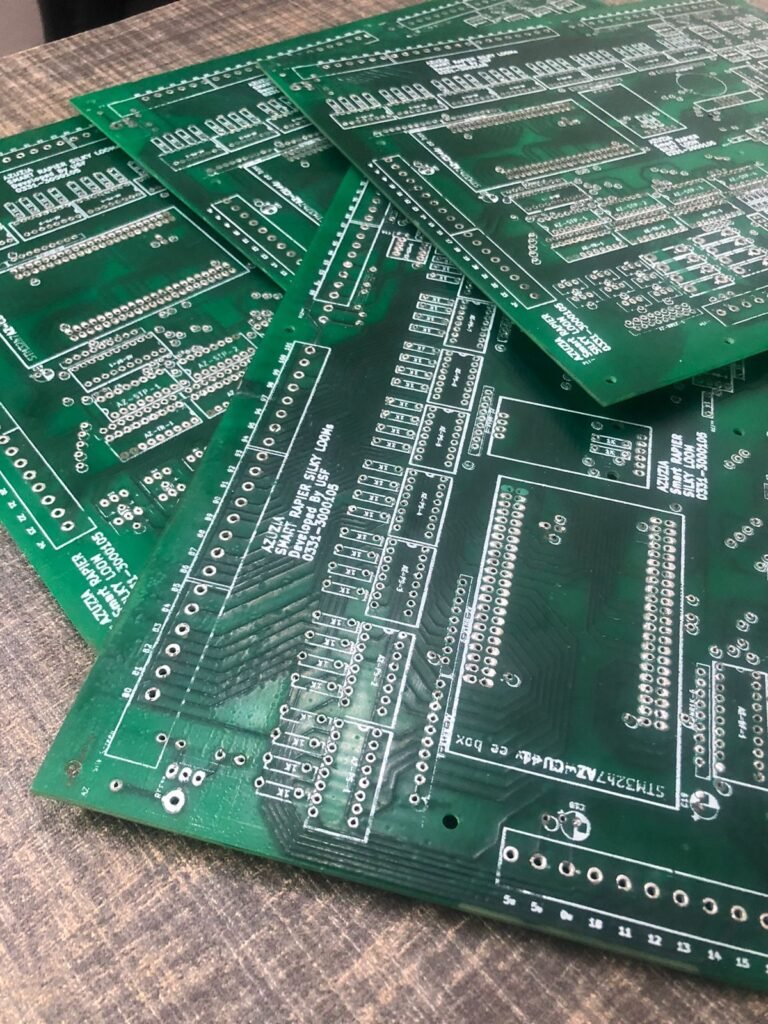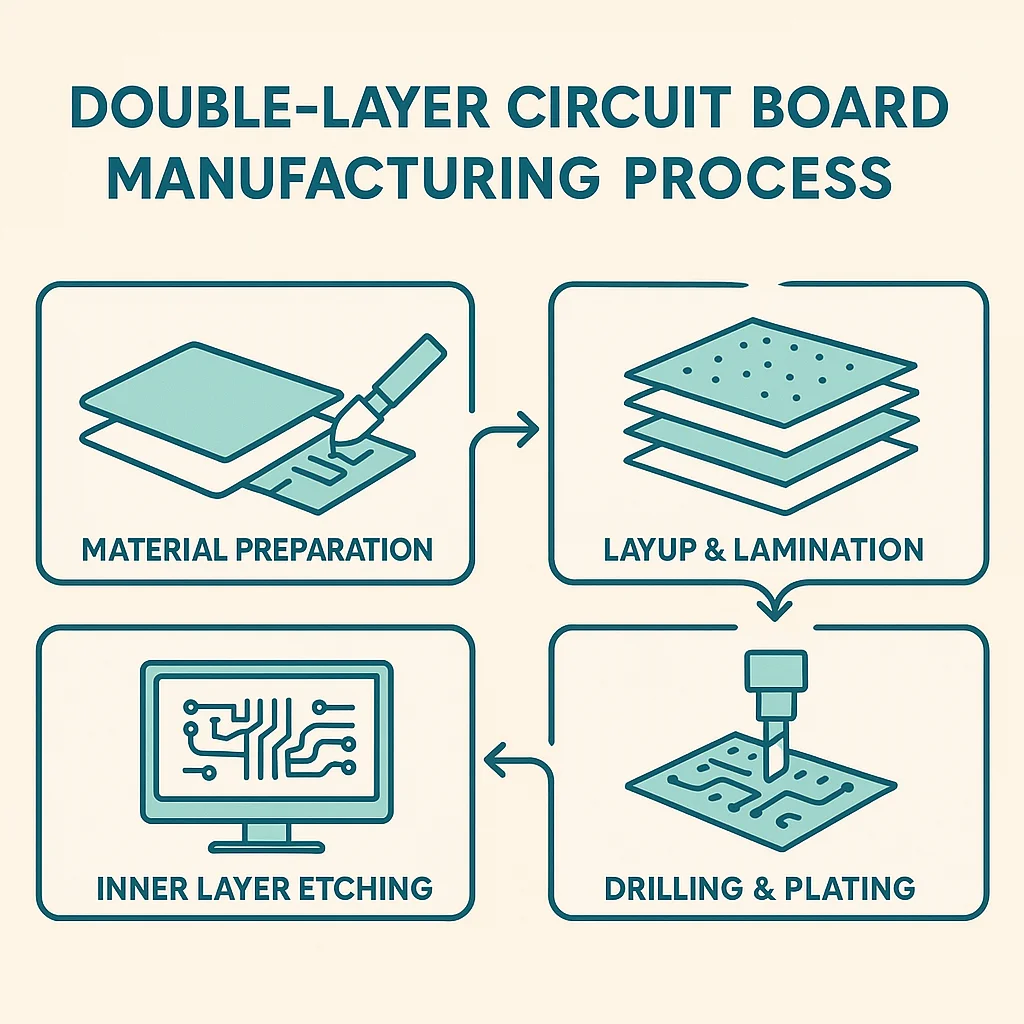What is a Double-Layer Circuit Board?
A Double-Layer Circuit Board, often referred to as a double-sided PCB, is a printed circuit board that includes conductive copper layers on both its top and bottom sides. This dual-layer configuration allows for more intricate circuit designs and greater routing capabilities compared to traditional single-layer boards.
While single-layer PCBs have limited space and are suitable for simple applications, double-layer PCBs provide expanded room for component placement and signal pathways. This makes them a preferred choice for today’s compact yet powerful electronic devices.
At Ittefaq Electrotech, we manufacture premium-quality double-layer circuit boards engineered for precision, durability, and performance. Our advanced production techniques ensure that each board meets the high standards required for complex and high-functioning electronic systems.




